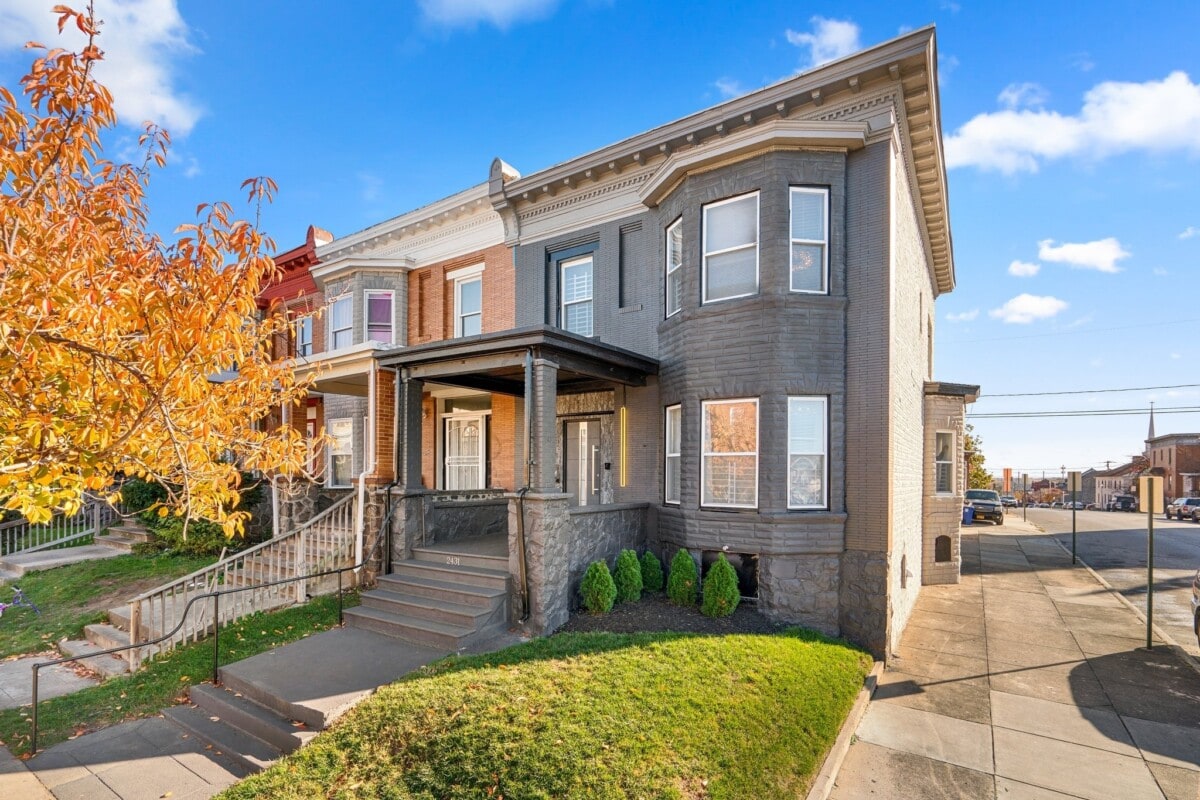These Sydney suburbs are leading the national push for much-needed increases in housing density and diversity, according to new research from Informed Decisions.
Eastgardens in the east, Zetland in the inner south and Rhodes in west ranked as the top three suburbs in Australia set to experience the largest increases in housing density over the next year.
Top suburb Eastgardens are expected is increase by 16.64 dwellings per hectare, more than double that of third-ranking Rhodes’ 8.29.
Nearby Wentworth Point also cracks the list, while Box Hill in the Hills Shire also makes the list. It topped the ranks in terms of population growth, with 3,946 new residents predicted for 2026.
MORE:
One-bedder sells for “mind-boggling” price
Eastgardens is set to experience the greatest increase the greatest increase in housing density in Australia over the next year.
According to Informed Decisions community views service lead Dan Evans, NSW is chiefly seeing rises in density along public transport corridors.
“This rise is fuelled by the turnover of light industrial land, which is seen in the rapidly densifying areas of Eastgardens, Zetland, and Rhodes,” he said.
“This means there will be an increase in stock of high-density apartment dwellings, which can be great for those trying to get into the costly Sydney housing market.”
Mr Evans said it was likely the suburbs where density was forecast to increase would also experience property price rises, particularly in communities with access to light rail and train lines.
MORE: Housing crisis ‘hidden in plain sight’
This apartment at 13 Oscar Pl, Eastgardens, recently sold for $1m.
Many of the locations experiencing increased density had also undergone rezoning by their local councils from commercial or industrial to mixed-use or residential, allowing for higher density development.
“I think there’s a push from state governments to increase the availability of residential land supply in those areas that are considered better equipped for transport and social infrastructure,” Mr Evans said.
“Whether that supply is coming on as quickly as hoped is still an open question.”
And it is not just skyscraping apartment blocks that are being added to these areas. According to the Housing Industry Association (HIA), Sydney’s “gentle density” projects such as townhouses, duplexes, and terrace homes are providing a national blueprint for delivering homes faster and more affordably.
HIA executive director of planning Sam Heckel said medium density projects could deliver homes faster and more affordably.
“Australia’s housing crisis won’t be solved without increasing medium density dwellings, particularly in our larger cities,” Mr Heckel said.
“Gentle density bridges the divide between these two housing types — blending affordability and lower density.”
MORE: Sydney’s greatest home conversions revealed
NSW is leading the way in medium-density housing, like these terraces in Camperdown.
Mr Heckel said NSW was a leading performer in increasing medium density options.
“We expect NSW to continue to be a standout, with its recently released ‘pattern book’ of pre-approved housing designs streamlining approvals and cutting red tape,” he said.
“By giving builders and landowners pre-endorsed designs, they’re providing the certainty the industry needs to unlock smaller, smarter projects.
“It’s exactly the sort of practical reform other states should adopt if we’re serious about tackling the housing shortage.”
MORE: Iconic Sydney markets face uncertain future
Gillian Adams is selling her apartment in Wentworth Point. Picture: Rohan Kelly
When Gillian Adams bought an apartment in Wentworth Point, she was attracted to the convenience and lifestyle on offer.
“The community, the piazza, all those sort of inclusions there were really attractive,” she said.
“Public transport was big as well, having access to trains, buses and not being too far either way from the city.”
Since she bought her apartment 14 years ago, Ms Adams said she has seen a focus on “building community” in the area, particularly with the addition of new apartments and a shopping centre.
MORE: $150m sale to reshape rich Sydney
She originally bought the apartment for $410,000.
Wentworth Point’s housing density is predicted by Informed Decision to increase to 248.09 dwellings per hectare over the next year.
Selling agent Jeremy Deviesseux of Ray White Wentworth Point said there were currently 7,000 dwellings in the area.
“But it doesn’t provide that high density feel of areas like Waterloo or Zetland, because we’re surrounded by parklands,” he said.
According to Mr Deviesseux, Wentworth Point is projected to reach as many as 10,000 apartments by 2046 and its transport network will be bolstered by Stage 2 of the Parramatta light rail project.
SYDNEY SUBURBS BY HOUSING DENSITY GROWTH
| Suburb | Population growth (to 2026) | Density growth (dwellings per Hectare) |
| Eastgardens | 894 | 16.64 |
| Zetland | 1,238 | 15.38 |
| Rhodes | 834 | 8.29 |
| Barangaroo | 164 | 7.36 |
| Box Hill (NSW) | 3,946 | 4.36 |
| St Leonards (NSW) | 327 | 4.08 |
| Arncliffe | 1,188 | 4.04 |
| Canterbury | 743 | 3.78 |
| Campsie | 1,212 | 3.59 |
| Wentworth Point | 205 | 3.57 |
Source: Informed Decisions.



















 English (US) ·
English (US) ·